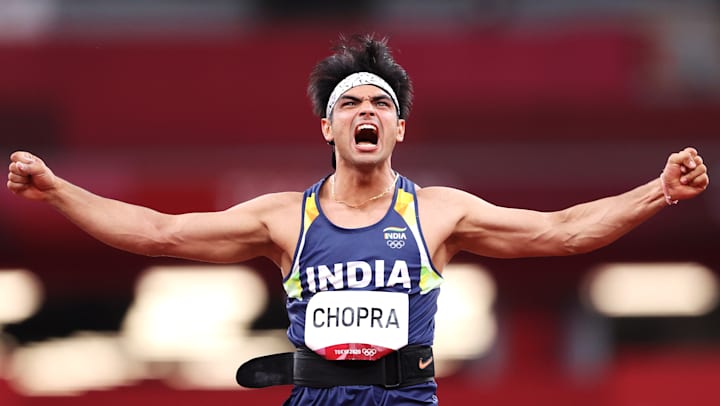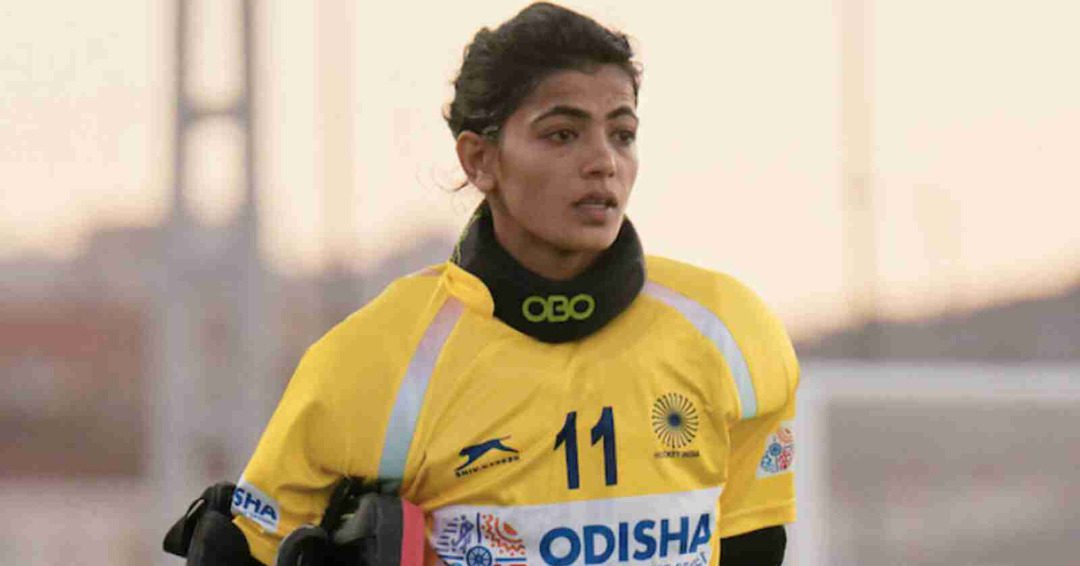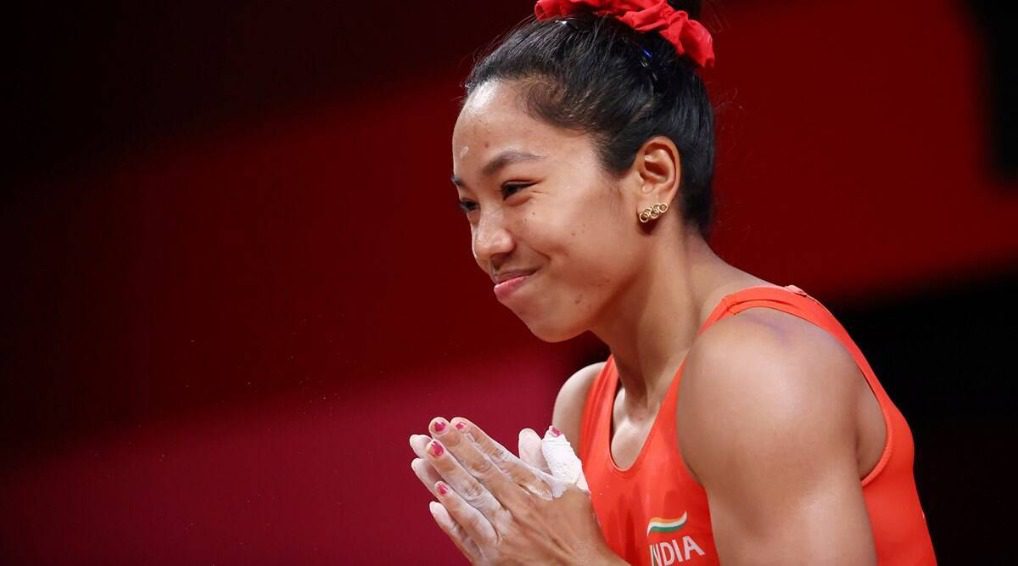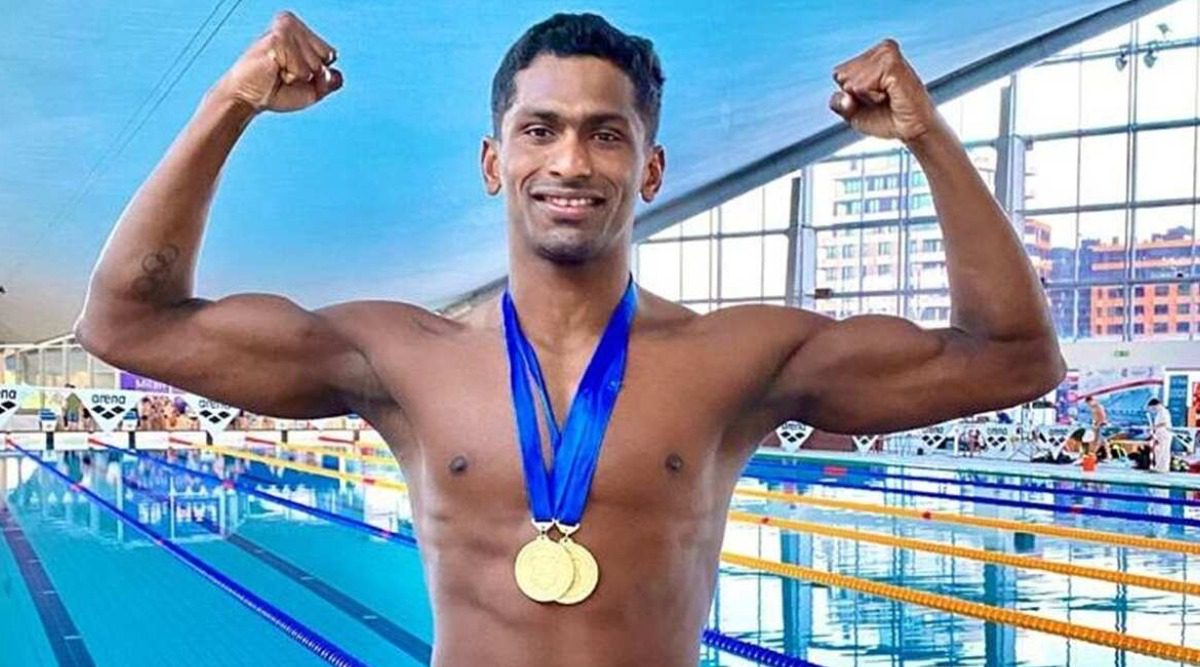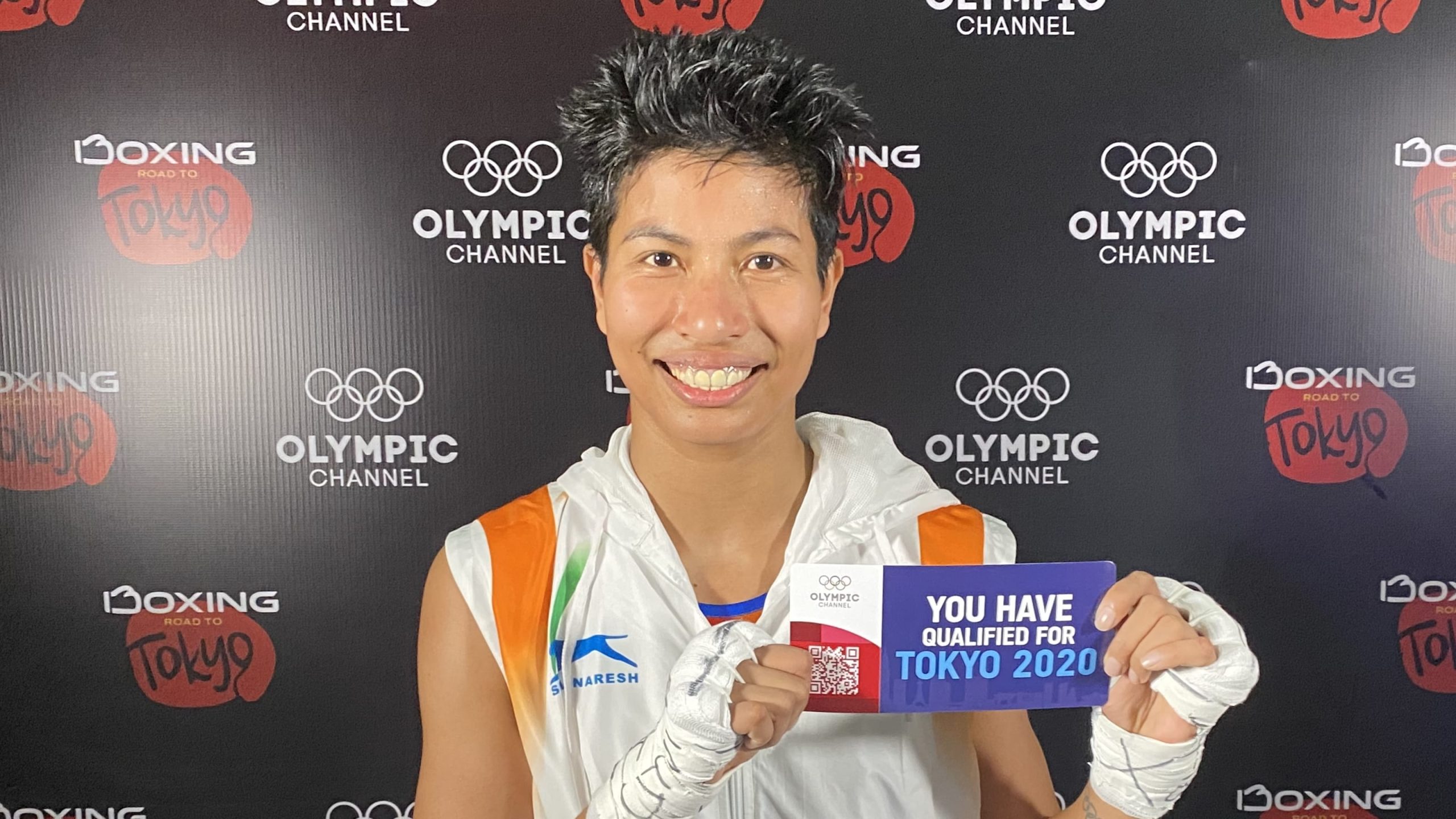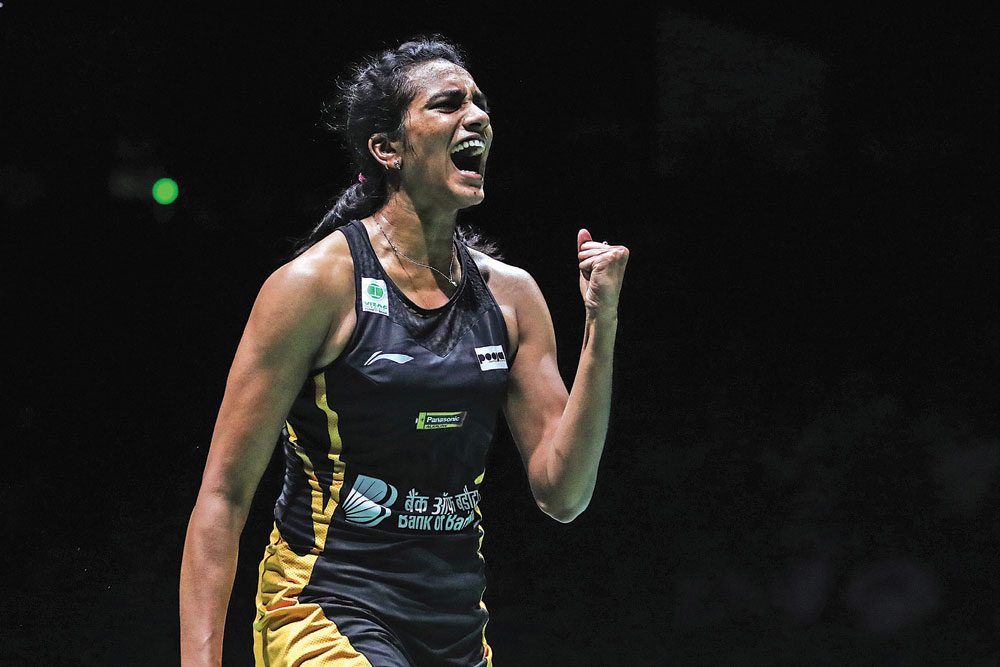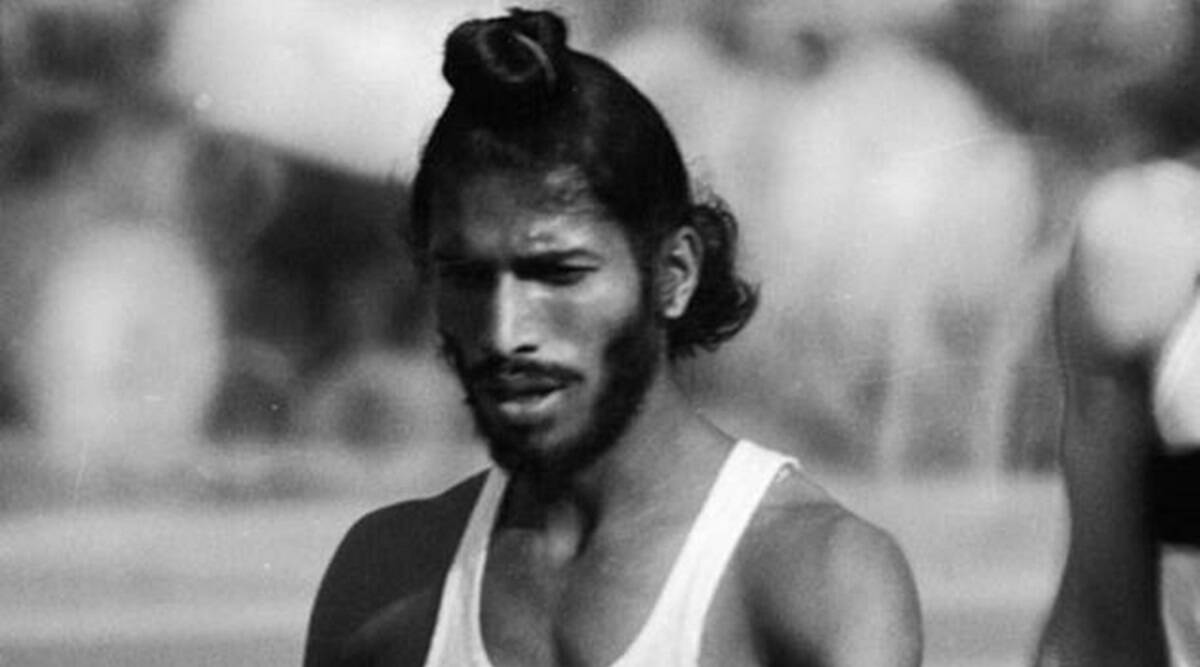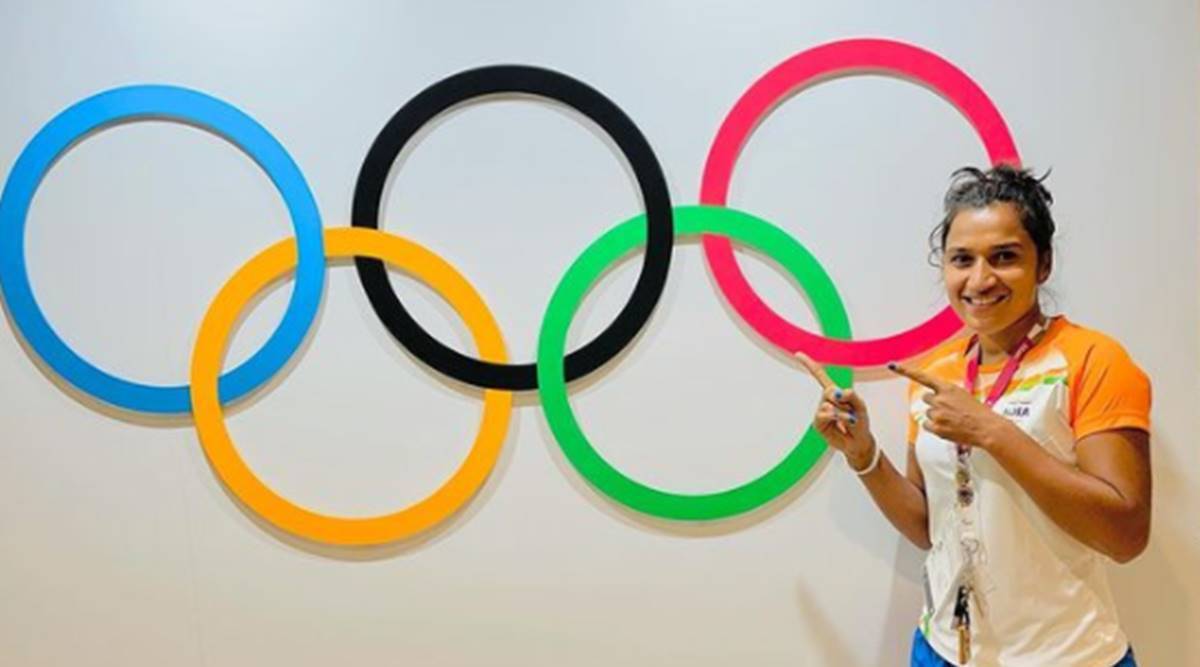(August 9, 2021; 7.15 pm) As the world watched with bated breath, India’s Gold Medalist Neeraj Chopra, flexed his arm before he swung it in a deep arc to launch his javelin, in what can only be termed a monster throw. As it landed at 87.58 m, the audience erupted in cheers. The 23-year-old had won India its first ever gold medal in track and field, a dream that Milkha Singh once dreamed for the country. As he ran around the stadium holding the Indian flag, the country of over 1 billion celebrated: it was the first gold in any sport since Abhinav Bindra’s success in 2008.
Still processing this feeling. To all of India and beyond, thank you so much for your support and blessings that have helped me reach this stage.
This moment will live with me forever 🙏🏽🇮🇳 pic.twitter.com/BawhZTk9Kk— Neeraj Chopra (@Neeraj_chopra1) August 8, 2021
Overwhelmed by his success, Gold Medalist Neeraj Chopra told Hindustan Times that he slept with his medal close to his pillow the night he won. But did you know that just a couple of years ago, this Olympic gold medalist had a career threatening injury? Chopra had to undergo a surgery in the elbow to remove bone fragments.
Incidentally, Chopra was introduced to the sport by his uncle because he was overweight as a child. He said, “I remember all those days going for training. I would just tell myself whatever is happening is fine. My job is to train and I will keep doing that. Now I feel that yes, it was a tough time for me but back then it didn’t feel so tough.”
From Haryana to win gold
Born in 1997 to Satish Kumar and Saroj Devi in Haryana’s Khandra village, was mercilessly teased by other children for his childhood obesity. That was when his father enrolled him at a local gym. Once, during a visit to the Panipat Sports Authority of India Centre, javelin thrower Jaiveer Choudhary noticed Chopra’s natural ability to achieve a 40-metre throw without any training. Impressed, he went on to become Chopra’s first coach.
Huge welcome of Olympic Champion #NeerajChopra at Delhi Airport today pic.twitter.com/ntoC9oKvB0
— Athletics Federation of India (@afiindia) August 9, 2021
At age 13, Chopra was admitted to the Tau Devi Lal Sports Complex in Panchkula, a four-hour drive from his home. Here he trained under coach Naseem Ahmad who also made him train in long distance running. By 2013, Chopra had entered his first international competition, World Youth Championships in Ukraine. He won his first international medal, a silver, in 2014 at the Youth Olympics Qualification in Bangkok. At the 2016 South Asian Games, he achieved a throw of 84.23 m and won a gold medal.
That same year, he broke the under-20 world record at the IAAF World U20 Championships with an 86.48 m throw. While this could have earned him a spot at the Rio Olympics, it was past the qualification deadline and Chopra had to wait until 2021 for his turn in the spotlight.

Induction into the Indian Army
It was around this time, that the Indian Army took notice of his future potential and offered him a direct appointment as Junior Commissioned Officer in the Rajputana Rifles. His time in the Army has helped him be more disciplined. In an interview with Republic World, he said,
“I joined Army in 2016. Army has a simple rule. You have to be tough, disciplined, and work to your best. That is what an athlete’s life is. They have to do the same thing. Both also have to stay away from their homes. So, although my focus is on sports, I am an Army man.”
In 2018, he became the first Indian athlete to win gold at the Asian Games and at the Commonwealth Games. His performance in the international circuit, earned him the Arjuna Award in 2018, although he was also recommended for the country’s highest sports award the Khel Ratna.
It was right around this time that an injury that could jeopardize his career struck and he had to undergo a surgery on his elbow. But he didn’t let this set him back and resumed training as soon as he could.
Chopra, who made his Olympics debut this year, stunned everyone with his monster throw of 86.65m that helped him qualify directly for the finals. As India hoped he would do equally well, if not better, at the finals, Chopra didn’t disappoint. He blazed through the finals to clinch gold for a country that had been parched for the coveted medal for years now.
Editor’s Take
Mark of a champion: He/she never rests. And just like a true champion, Gold Medalist Neeraj Chopra too, has no plans of letting his Olympic glory be the end. Steadfastly focused on his sport, he’s now set his sights on achieving a 90 m throw.

